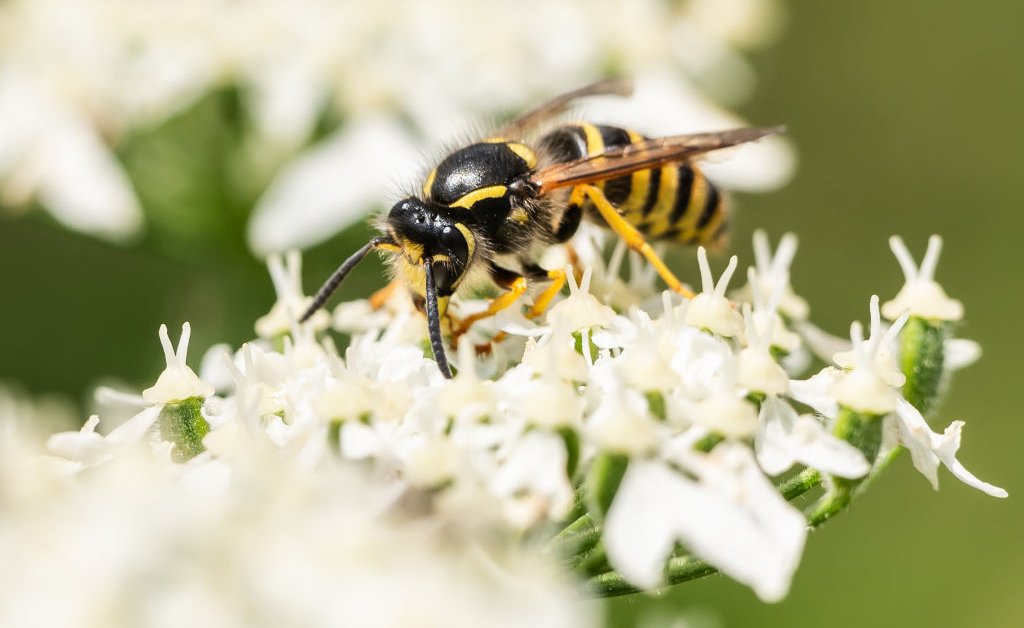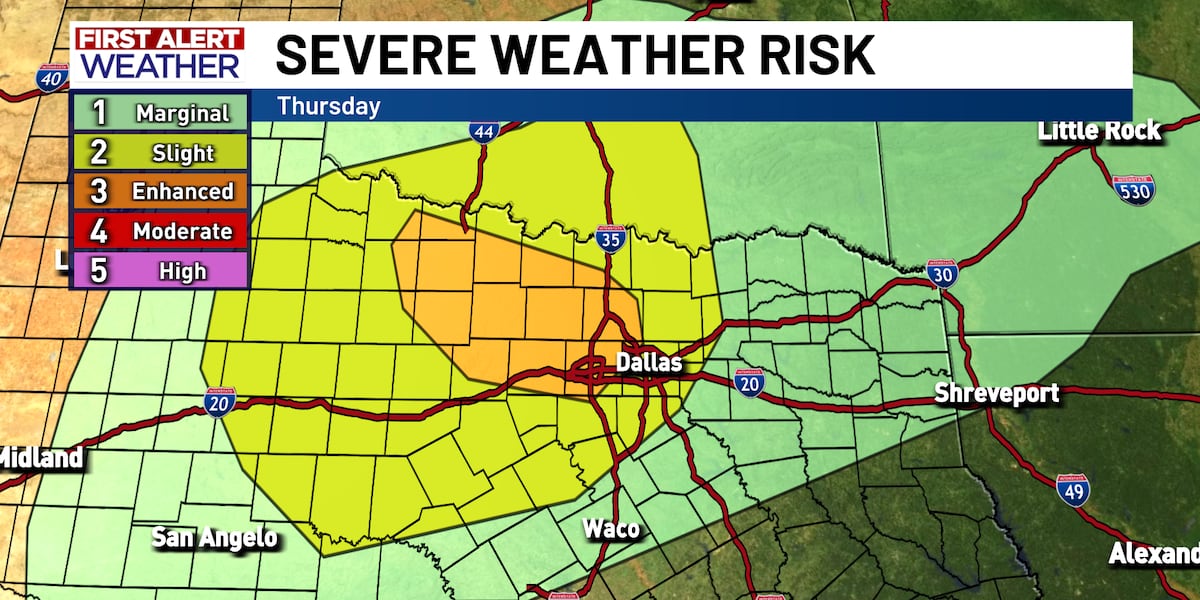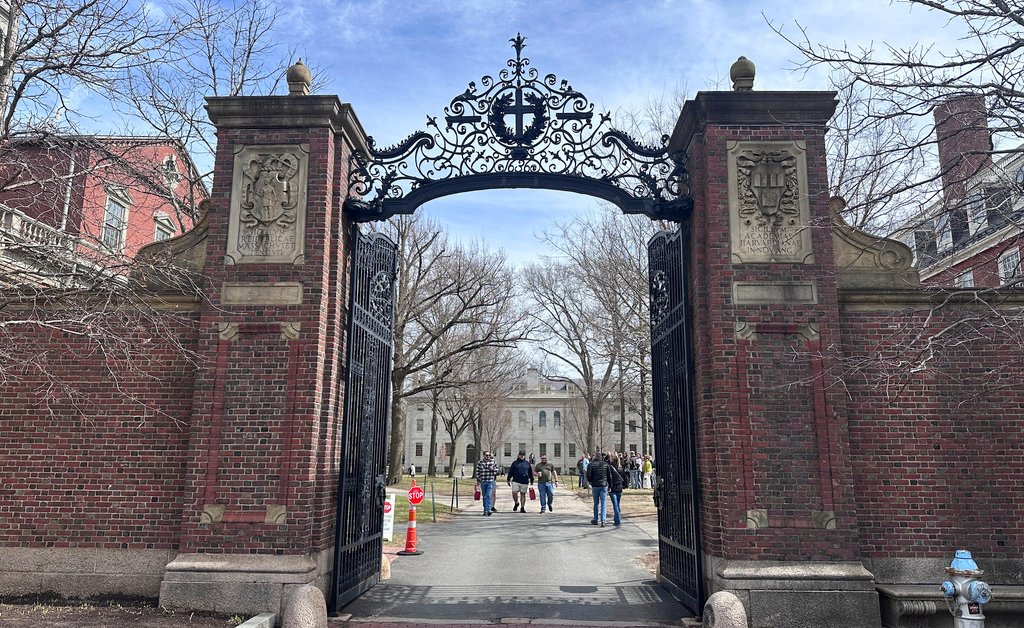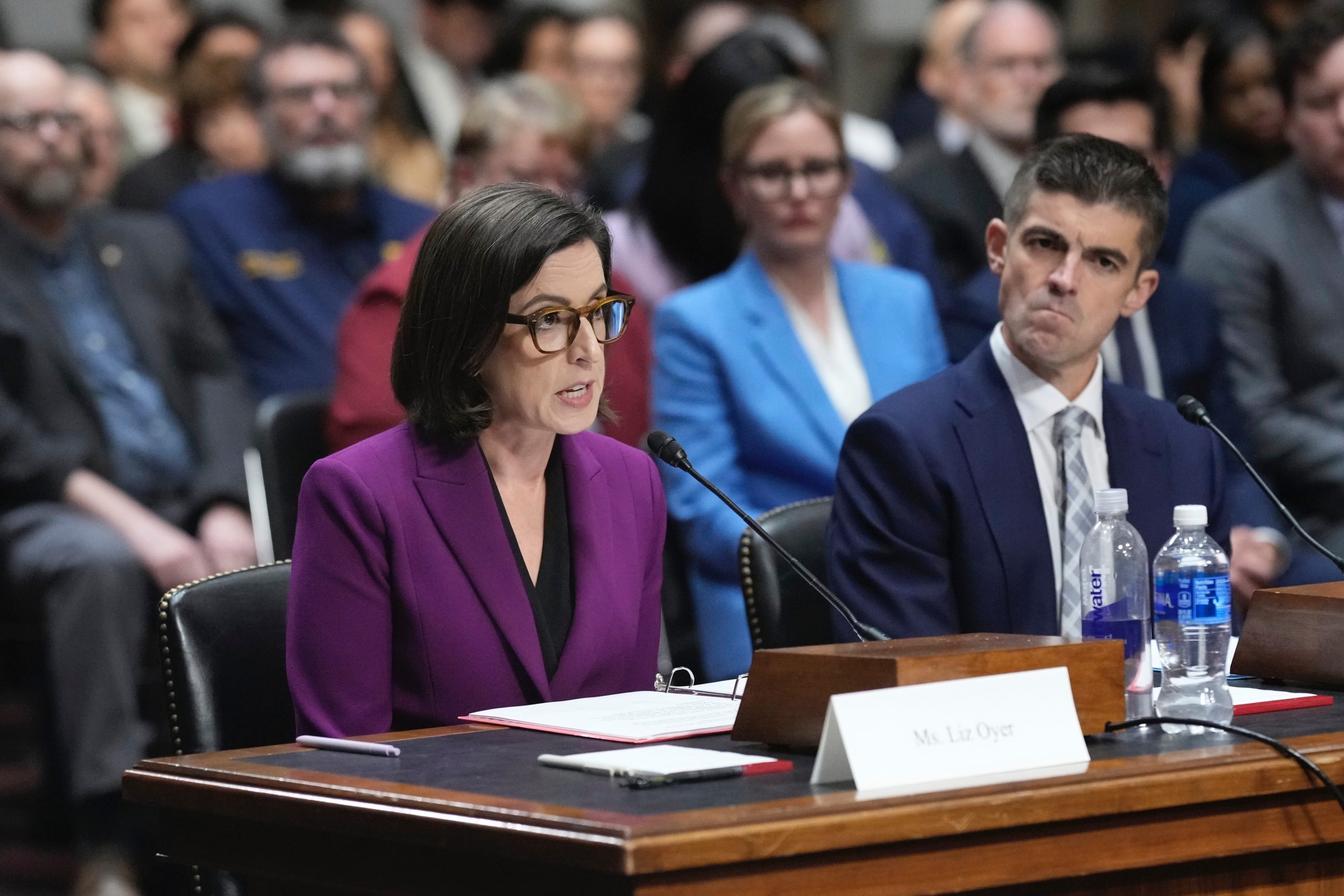Understanding The Link Between Climate Change And Summer Insect Life

Welcome to your ultimate source for breaking news, trending updates, and in-depth stories from around the world. Whether it's politics, technology, entertainment, sports, or lifestyle, we bring you real-time updates that keep you informed and ahead of the curve.
Our team works tirelessly to ensure you never miss a moment. From the latest developments in global events to the most talked-about topics on social media, our news platform is designed to deliver accurate and timely information, all in one place.
Stay in the know and join thousands of readers who trust us for reliable, up-to-date content. Explore our expertly curated articles and dive deeper into the stories that matter to you. Visit Best Website now and be part of the conversation. Don't miss out on the headlines that shape our world!
Table of Contents
Understanding the Link Between Climate Change and Summer Insect Life
The buzzing of bees, the chirping of crickets, the fluttering of butterflies – these summer soundscapes are increasingly threatened by climate change. While the impact on larger animals is often discussed, the subtle but significant effects on insect populations are crucial to understanding the broader consequences of a warming planet. This article explores the intricate link between climate change and the summer insect life we know and love.
The Shifting Seasons: Impacts on Insect Development and Reproduction
Climate change is disrupting the delicate balance of nature, significantly impacting insect life cycles. Warmer temperatures are causing shifts in the timing of insect emergence, migration, and reproduction. This phenomenon, known as phenological mismatch, occurs when the timing of crucial life events for insects, such as hatching or flowering of host plants, becomes misaligned.
For example, some butterflies may emerge earlier than their larval food sources become available, leading to starvation and population decline. Similarly, changes in rainfall patterns can affect breeding sites and the availability of water crucial for insect survival.
Extreme Weather Events: A Devastating Blow to Insect Populations
Beyond gradual temperature increases, extreme weather events, such as heatwaves, droughts, and floods, are proving particularly devastating for insect populations. Intense heat can directly kill insects, while droughts can dry up crucial habitats and water sources. Flooding can drown insect larvae and destroy breeding grounds. These events disrupt entire ecosystems, cascading effects that impact the survival of numerous species.
Range Shifts and Habitat Loss: A Struggle for Survival
As temperatures rise, many insect species are forced to shift their geographic ranges in search of suitable habitats. However, habitat fragmentation and loss due to human activities severely limit their ability to migrate and adapt. This confinement restricts their access to food, water, and suitable breeding grounds, leading to further population declines.
Beyond the Buzz: The Broader Ecological Consequences
The decline in insect populations has far-reaching consequences, extending beyond the insects themselves. Insects play vital roles in ecosystems as pollinators, decomposers, and a crucial food source for other animals. A decline in insect numbers directly threatens plant reproduction, nutrient cycling, and the survival of numerous bird and mammal species reliant on insects for sustenance.
- Pollination: Many crops and wild plants depend on insects for pollination. The decline in bee populations, for example, poses a significant threat to global food security.
- Decomposition: Insects play a crucial role in breaking down organic matter, returning vital nutrients to the soil. Disruptions to this process can negatively impact soil health and plant growth.
- Food Webs: Insects form the base of many food webs. Their decline has cascading effects, impacting the populations of animals that rely on them for food.
What Can We Do? Mitigation and Conservation Efforts
Addressing the impact of climate change on insect populations requires a multifaceted approach:
- Reducing Greenhouse Gas Emissions: The most effective way to protect insects is to mitigate climate change by reducing greenhouse gas emissions. This requires transitioning to renewable energy sources, improving energy efficiency, and adopting sustainable transportation systems. [Link to a relevant article on climate change mitigation]
- Habitat Restoration and Protection: Protecting and restoring insect habitats, such as grasslands, wetlands, and forests, is crucial for their survival. This includes reducing pesticide use and creating wildlife corridors to facilitate insect migration. [Link to a relevant conservation organization]
- Supporting Research: Further research is needed to understand the complex impacts of climate change on insect populations and develop effective conservation strategies.
The decline of summer insect life is not just a matter of losing the beautiful sounds of summer; it's a critical warning sign of a changing planet. By understanding the intricate link between climate change and insect populations, we can take informed action to protect these essential creatures and the ecosystems they support. The future of our summers, and indeed, our planet, depends on it.

Thank you for visiting our website, your trusted source for the latest updates and in-depth coverage on Understanding The Link Between Climate Change And Summer Insect Life. We're committed to keeping you informed with timely and accurate information to meet your curiosity and needs.
If you have any questions, suggestions, or feedback, we'd love to hear from you. Your insights are valuable to us and help us improve to serve you better. Feel free to reach out through our contact page.
Don't forget to bookmark our website and check back regularly for the latest headlines and trending topics. See you next time, and thank you for being part of our growing community!
Featured Posts
-
 Smack Down Before Snme Winners Grades And Post Show Reaction
May 24, 2025
Smack Down Before Snme Winners Grades And Post Show Reaction
May 24, 2025 -
 Is Jessica Alba Moving On New Photos Spark Dating Rumors
May 24, 2025
Is Jessica Alba Moving On New Photos Spark Dating Rumors
May 24, 2025 -
 Evening Thunderstorm Outlook Increased Risk Of Heavy Rain And Wind
May 24, 2025
Evening Thunderstorm Outlook Increased Risk Of Heavy Rain And Wind
May 24, 2025 -
 Trump Administrations Harvard International Student Policy A Deep Dive
May 24, 2025
Trump Administrations Harvard International Student Policy A Deep Dive
May 24, 2025 -
 Political Fallout The Firing Of An Atf Agent After Denying Mel Gibson A Gun
May 24, 2025
Political Fallout The Firing Of An Atf Agent After Denying Mel Gibson A Gun
May 24, 2025
